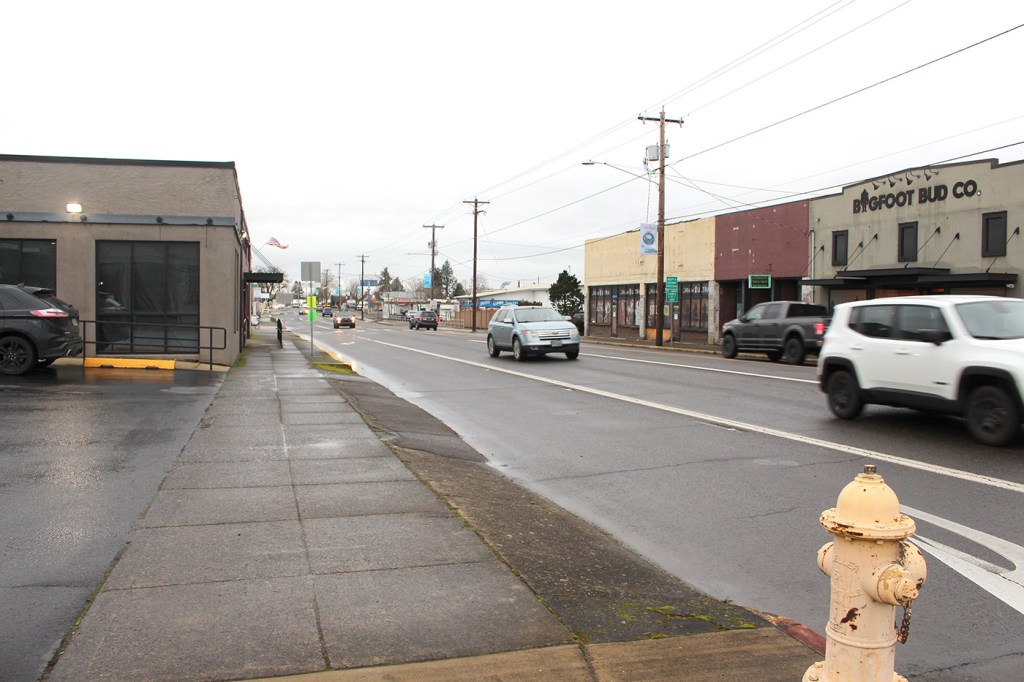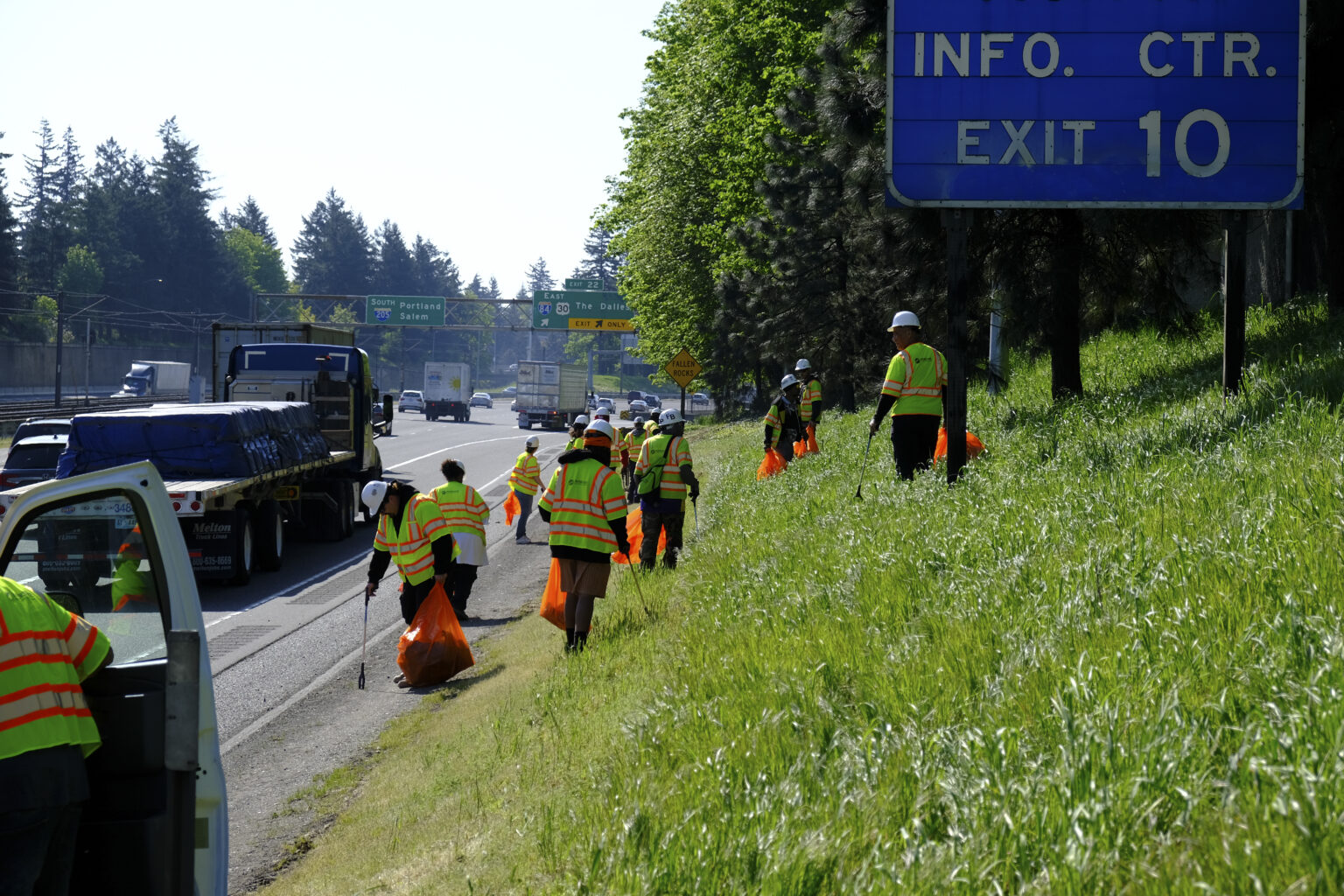After 40 years, Molalla looking hard at future of its UGB
Published 7:57 am Friday, May 30, 2025

- The future of Molalla's Urban Growth Boundary is begin discussed and planned for now by the city.
Molalla becomes first city in state to enroll in sequential urban growth boundary review
It has been more than 40 years since the City of Molalla took a good, hard look at its urban growth boundary.
But that delay is no more. Spurred on by measures taken at the state level, Molalla is looking to see what the future holds for its UGB.
“The catalyst for these efforts stemmed from Oregon House Bill 2001 which requires, in part, cities over 10,000 in population to conduct a housing needs analysis and buildable lands inventory,” explained Mac Corthell, assistant city manager. “This analysis identifies housing land needs over a 20-year planning horizon. Once complete, cities are required to undertake efficiency measures to meet the housing need such as rezoning existing lands and ordinances meeting state requirements for density within the urban growth boundary. If there is still a land need after efficiency measures are implemented, cities are then required to expand their urban growth boundary to meet that unmet housing need.”
Trending
The city’s decision to look at lands both within and beyond the urban growth boundary led it to an historic decision.
“Molalla elected to become the first city in the state to enroll in a process referred to as sequential urban growth boundary review,” Corthell said. “In this process, instead of separating our employment lands work from our housing work, Molalla completed a housing needs analysis/buildable lands inventory and an economic opportunities analysis prior to undertaking efficiency measures.”
And by doing this, the City of Molalla was able to evaluate employment land needs at the same time as it evaluates housing so that the overall urban design of the city could be considered, according to Corthell.
After accounting for the efficiency measures, results from the Housing Needs Analysis and Economic Opportunities Analysis show:
Shortages of residential lands, particularly low-density residential lands.
A slight shortage of commercial lands, particularly larger parcels.
A substantial surplus of smaller industrial parcels with a need for larger parcels.
“As the city looks to expansion, it must do so in accordance with state law. One of the outcomes of Oregon SB 100, and bills that have followed, is that in an effort to preserve farm, forest, and mining lands and other lands zoned for resource production, the law is quite prescriptive about how cities are allowed to expand,” Corthell said. “There is a strict prioritization for what lands cities can choose to expand to that requires cities to look at ‘non resource’ lands outside of its current urban growth boundary known as exception lands.
“Molalla’s exception lands are substantially located to the south of the city. Only if the exception lands are unable to accommodate the stated land needs can cities look toward resource lands,” he added.
Trending
With rising concerns regarding serviceability by utilities and transportation facilities, Corthell said city staff has been exploring “avenues to broaden the scope of where expansion can occur in the lands immediately surrounding the city.”
The city’s current work plan was updated in April and Corthell said any expansion proposal would likely go before the council in April/May of 2026.







